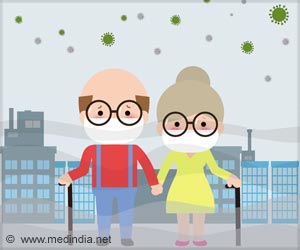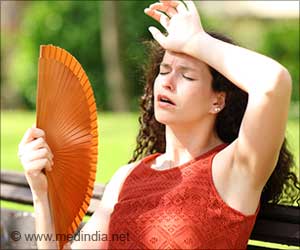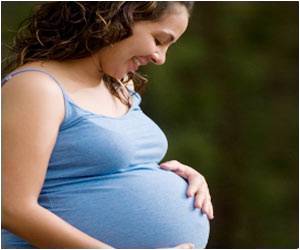Singing, talking, and playing instruments in venues could put performers and audience members at high risk of exposure to infectious particles.

‘Singing can produce 77% more aerosols than talking. Adults can produce 62% more aerosols than minors, and males can produce 34% more aerosols than females. So, appropriate measures should be taken to down the transmission rate.’
Read More..




A person’s age and whether they are male or female also affects their respiratory emissions, with males and adults emitting more airborne particles, on average, than females and minors.Read More..
The study was called Reducing Bioaerosol Emission and Exposures in the Performing Arts: A Scientific Roadmap for a Safe Return from COVID-19.
The collaboration’s first peer-reviewed paper, published in Environmental Science and Technology Letters via open access, confirmed what the engineers had suspected about airborne particle emissions that pertain to certain activities.
Singing produced 77% more aerosols than talking; adults produced 62% more aerosols than minors; and males produced 34% more aerosols than females.
The centerpiece technology of the study was an aerosol testing chamber in Volckens’ Powerhouse Energy Campus lab, only a few of which exist in the U.S.
Advertisement
Among their key findings was that while there were differences between how many particles were emitted by minors vs. adults, or males vs. females, those differences were largely driven by participants’ voice volume and total exhaled carbon dioxide.
These observations were important, Volckens said, because they lend credence to the idea of measuring carbon dioxide levels and noise levels in an enclosed space as a means to gauge transmission risk.
“If there were significant differences after accounting for CO2 between males and females and kids, then you’d have to know how many males, females, and minors were in a room to estimate transmission risks,” Volckens said.
“Our data suggest that you don’t need to know that if you just measure CO2 and noise levels, because those measures are an equalizer for these demographic differences.”
CO2 and noise level monitoring together, say in an indoor performance venue, could act as a simple, low-cost risk indicator of airborne transmission of disease – and not just COVID, but any airborne disease like the seasonal flu or the common cold, Volckens said.
Goble said that working with the CSU engineers helped his team better understand how visual and performing arts could re-implement their programming after being completely shuttered or virtual for many months.
Goble and colleagues presented physical distancing, room occupancy caps, room ventilation and masking protocols to the Pandemic Preparedness Team in fall 2020.
He and Volckens gave webinars providing preliminary study information to groups like the National Association of Schools of Music who were eager to learn what the CSU researchers were finding out.
“We wanted to put some of that information out as soon as possible so people could make informed decisions based on their situations,” Goble said.
At CSU, the performing arts look a little different but are largely back to full operation after going completely virtual in spring 2020.
Their current protocols include things like extra time between classes for performance rooms to undergo sufficient air exchanges between rehearsals, physical distancing of at least 6 feet for voice lessons, and restrictions on occupancy times for venues.
The use of masks, the wide availability of vaccines, and CSU’s 90% vaccination rate have changed the game for the performing arts, Goble said, allowing program leaders to implement layered risk mitigation while allowing rehearsals, performances and lessons to take place.
“We are so fortunate to have experts like (Volckens) who gave us some really wonderful information to help us make decisions about what we can and can’t do in the (University Center for the Arts),” Goble said.
Source-Eurekalert







